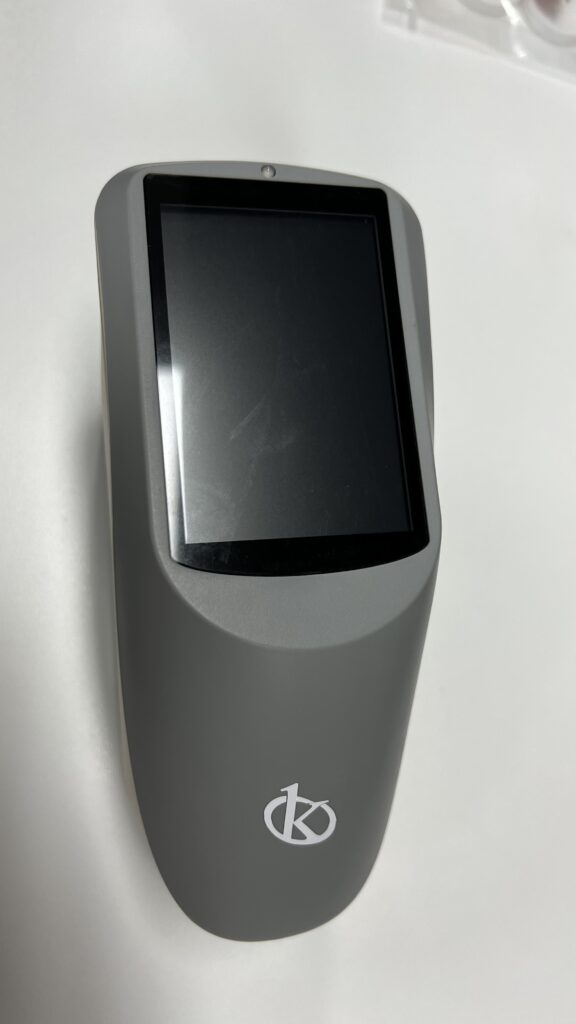Food arriving at the consumer has already been shipped from the producer, packaging, distribution and packaging onto the shelf. During this process, food is exposed to foreign agents. These impurities are called contaminants, which can become harmful to people’s health, or damage the product by causing money to be lost. Its origin is diverse, and contamination can occur at any stage.
Regulations governing the processes associated with the raw material, production, processing, packaging, transportation, distribution, and sale of the final product, seek to reinforce precautions. However, this does not guarantee that the food I received from the consumer is free of contaminants.
Types of food contamination
Contamination by impurities in foods can be of various types and are classified by origin:
- Biological pollution: comes from living things, can be microscopic and not microscopic. These are caused by bacteria, fungi, viruses and parasites.
- Physical contamination: it is when there is an object in the food that should not be there. They may be metal fragments of tools or equipment, pieces of bone or wood, or any material involved in the manufacture of the product.
- Chemical pollution: occurs due to the presence of chemical agents that may be harmful to the consumer. This may be due to natural causes (toxic fish or plants), environmental causes (hydrocarbons, heavy metals), agricultural products (pesticides, pesticides), molecular migration of other materials (in packages).
- Genetic modification may also pose a risk of contamination.
Benefits of Spectrophotometry as a Method of Analyzing Foods
This technique is based on measuring the amount of light absorbed by a substance that has been influenced by a wavelength and is distinguished by the following:
- It is versatile, demonstrates the richness and diversity of analytical approaches and techniques. This is becoming the preferred method for studying and assessing the biochemical, chemical and physical properties of different products.
- The technology is still in development, and over the past decade spectrophotometric methods have been fueled by growing awareness of nutritional issues and the impact they have on consumer health.
- The motivation for its use in food science is that it facilitates the identification and demonstration of properties in several organic mixtures that include food products and ingredients.
- It is economical, simple, convenient and offers technological tools for processing and analyzing results. Spectrophotometric analyzers are used for products such as wine, beer, oils, cereals, fruits, milk, chocolate, cheese, cereals, among others.
The Spectrophotometer
The spectrophotometer is an optical analysis instrument for measuring the full absorption spectrum of a substance. The amount of light absorbed or transmitted is proportional to the concentration of the material. In general, the equipment consists of a light source, a focusing device, a light filter, an absorption cell or tank, a photodetector and a display device.Different wavelengths provide different information on the composition of a particular species.
Types of spectrophotometric methods
- Spectrophotometric methods vary according to the working spectrum range and some of its applications:
- Visible spectrum: As its name suggests, this equipment operates within the visible light range. Analyze, capture and evaluate colors in food.
- UV spectrum: works in the range of 600 – 1100 nm. It is used for evaluation in carbonated and bottled beverages, measurement of agricultural contaminants, compositional analysis in pasteurized juices, milk and cheese.
- Infrared spectrum: Works with higher wavelengths, up to 1700 nm, can be used in three spectra: near, medium and far. This technique is used to analyze samples of chicken meat, red meat and fish.
At KALSTEIN, we are BUILDERS, we have a variety of measuring instruments. We offer handheld, table, multi-angle, portable, dual-beam or single-beam desktop, visible spectrum or UV spectrophotometers. Our teams offer you a great sensitivity and a great diversity of technological features. For more information, PRICES, BUY or SELL, visit our catalog HERE

